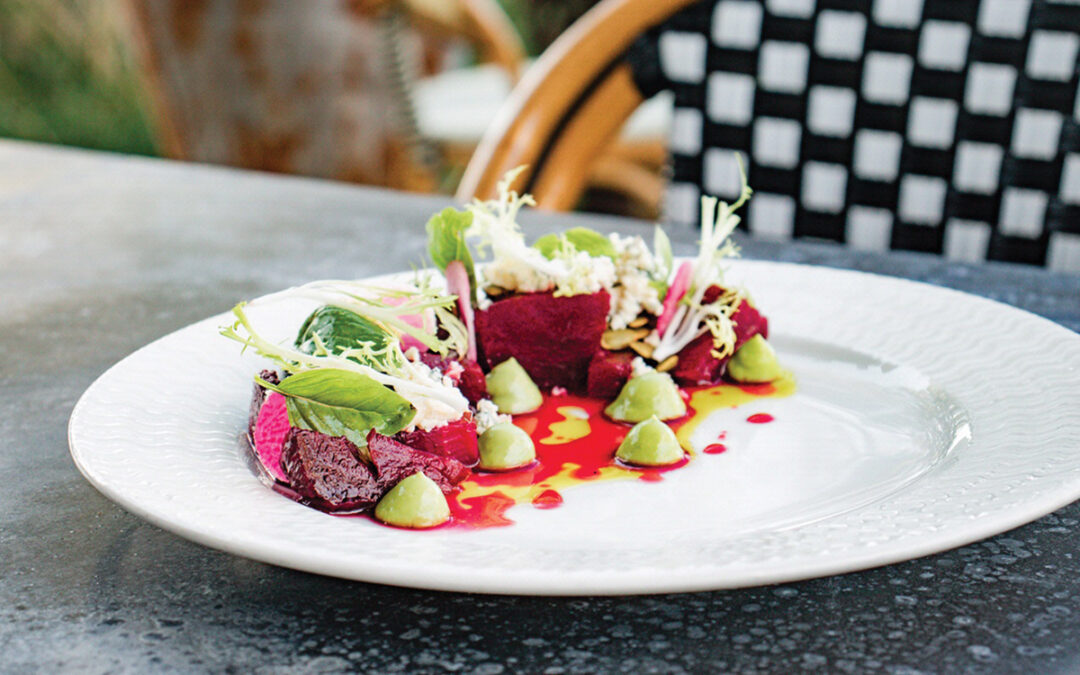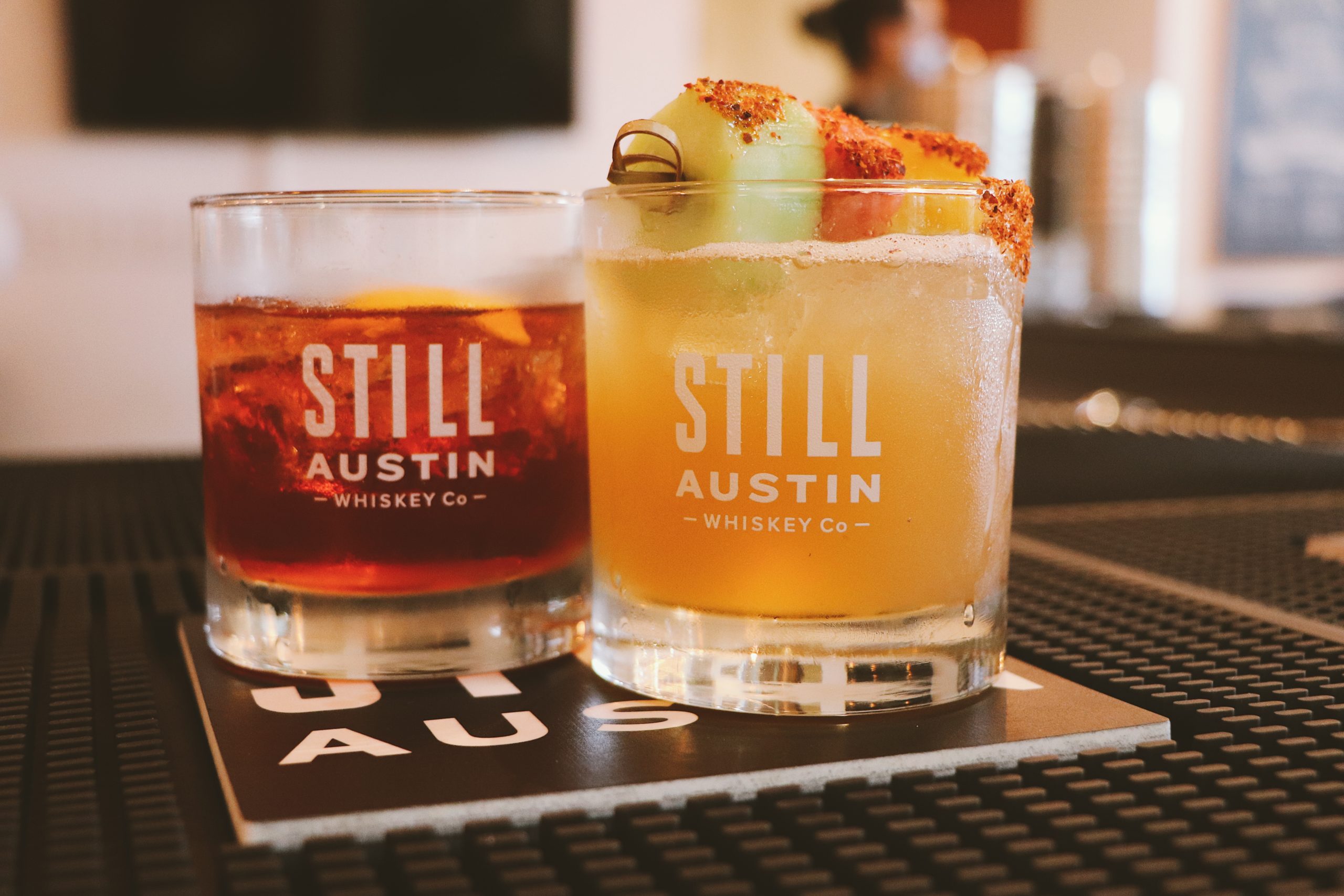San Antonio has never been the kind of city with concentrations of ethnic restaurants in defined locations. We have no Little Italy, no Chinatown, no Baby Bavaria. Sure, there may be more Mexican restaurants on the West Side than elsewhere, but enchiladas aren’t constrained by geography. And, yes, there’s the River Walk, but the focus there is as much on the place as it is on the eclectic food. Five years ago, no one might have thought that this long-established dining dynamic was about to change but change it did. And the change was brought about not by a wave of immigrants bringing their cuisine with them as they fled repressive regimes but by an influx of imagination. Imagination brought us The Pearl development, built on the bones of a once-proud brewery. Vision secured as an anchor a branch of the prestigious Culinary Institute of America. Foresight made sure that there was a built-in audience of resident diners. And the market did the rest.
The ripples continue to spread from the seed that is Pearl, but one thing is already clear: A new kind of ghetto has emerged, one dedicated not to a particular culture but to food culture itself. It didn’t hurt that one of Pearl’s first tenants was Andrew Weissman, a chef who had already upped the city’s culinary reputation with his first restaurant, French-themed Le Rêve. In abandoning downtown for Pearl, Weissman signaled that he was willing to wager on an untested idea, and his first bet was with Osteria Il Sogno Italian and casual but still rigorous in its dedication to serious eating. Relocation of The Sandbar Fish House and Market, Le Rêve’s seafood-centered sibling with its equally impressive dedication to the likes of skate and scallops, quickly followed. Immediately, or so it seems in hindsight, Pearl became a dining destination. There are risks in any kind of planned place making, especially with a place as tightly focused as Pearl. But what might at first seem artificial and contrived can take on an organic life of its own. Organic in every sense is Pearl’s Saturday farmers’ market, both a celebration of ever-changing local produce (and thus a tacit foundation for surrounding restaurants) and a savvy way of getting a wider audience involved in the evolution of an idea. The development of the Pearl Stable building into an event center was another means of attracting an otherwise unaware population to the area, and that function has generated its own spin-offs.
Initially involved as an approved caterer for Stable events, chef Johnny Hernandez, a Hyde Park CIA graduate, decided to put down permanent roots with La Gloria, a riverbank restaurant pushing the local envelope with a version of Mexican street foods, many of which were totally new to San Antonio. The ‘hood was heating up and not just with ambitious restaurants. Melissa Guerra’s Tienda de Cocina was one of many early retail outlets contributing to the lively mix at Pearl, but it was no accident that its selection of pots, pans, knives and other cooking implements reinforced the culinary subtext. Meanwhile, the CIA continued to expand its curriculum, moving from the early focus on classic techniques to also embrace the cuisines of Latin America. A coffee shop and bakery opened, drawing attention to the school’s pastry program (think glossy Opera cakes and lapidary fruit tarts) and bringing morning hours into an equation that had emphasized afternoons and evenings. With the opening of NAO, the CIA’s Latin-themed restaurant and bar, not only did students have a forum for putting their newly learned skills to the test, but the public was given an opportunity to explore all the cuisines of the Americas in synch with the students. Upcoming attractions include Spanish-Caribbean in December, Brazil in late January and Argentina in March, and menus will change accordingly.
The drinks menu at NAO’s bar reflects the restaurant’s culinary focus with riffs on the likes of Pisco sours and more. The bartenders at Blue Box, Pearl’s only standalone bar to date, also create new cocktails to satisfy an increasingly sophisticated market. You want a bespoke drink featuring bourbon? Coming right up. Appropriately for a project sprung from a historic brewery, beer is the focus at The Granary ‘Cue & Brew, a restaurant and microbrewery fashioned from the cottage once the home of Pearl’s cooper. Chef Tim Rattray and his brewmaster brother Alex have paid appropriate homage to history with a menu that springs from (but is hardly limited to) Central Texas barbecue and brews that reflect time, place and some occasional whimsy. Unique and hard-to-find wines are the libation foundation at The Boiler House. Occupying the former facility that gives it its name, Boiler House offers everything from sandwiches and skewers to serious steaks in addition to offbeat wines, and in sharing a patio with NAO, it helps enliven Pearl’s pedestrian spaces as well.
The shaded arcade that gives Arcade Midtown Kitchen its moniker also provides outdoor seating at this bustling new restaurant and bar run by prodigal son Jesse Perez. After cutting his culinary teeth at Francesca’s at Sunset under Southwestern guru Mark Miller, then getting additional exposure on the West Coast and in Atlanta, Perez has returned with a bang to focus on local eats with a sophisticated edge lobster soft tacos among them; the bar here is no slouch either. But if more proof were needed to underline the diversity that has come to characterize Pearl, right around the corner can be found newcomer One Lucky Duck, a small but intensely focused shop featuring juices such as the Thai Green (greens, pineapple, cilantro and lime), shakes, wraps, salads and other raw and vegan products. But the Duck only takes one step further the options already offered by local favorite Green Vegetarian Cuisine, which has brought its mushroom stroganoff and Raw Deal wraps to a location across from the CIA Café & Bakery.
We can’t give Pearl’s planners too much credit for knowing what would happen just outside the development’s borders, but it was perhaps predictable that its magnetism would attract serious comers such as Bakery Lorraine, which took up residence in a renovated cottage on Grayson Street. Run by two partners with experience at Thomas Keller’s Bouchon Bakery in Napa Valley, Lorraine turns out authentic baguettes, a bread that has been in seriously short supply hereabouts, in addition to exquisite tarts and pastel-hued macarons. Also open on Broadway is a branch of Brown Coffee, a bastion of the bean that extols both provenance and process. Soon to open across the street from Brown is SoBro Pizza; its impressive oven is already installed. And bringing a touch of eclectic Asia to the mix is Tuk Tuk Taproom, the result of a peripatetic chef’s travels in search of thequintessential green papaya salad and fragrant pho.
Not to be outflanked, early-adapter Weissman has opened his own place on Pearl’s northern border. Minnie’s Tavern has taken over the leaning and much-loved location of the old Liberty Bar (since relocated to King William), and gussied it up just enough, while installing a menu that plays on a more casual version of his successful Le Rêve concept. Do not miss the bone marrow. And the end is not in sight. The new Kimpton Hotel currently being forged from the old Pearl brewhouse will sport a high-end restaurant and its own brewery; it’s forecast to open in 2014. Diners needn’t wait quite so long to see the results of the adaptive reuse of Pearl Brewery’s original administration building “the heart and brain” of the historic property, according to chef Steven McHugh, most recently of Lüke on the River Walk. McHugh’s concept for Cured, scheduled to open in late November or early December of this year, includes a focus on “utilizing and curing the entire animal” as well as making his own vinegars, pickles, sauerkrauts and the like. “There’s no such thing as a pork belly farm,” he says in reference to the current popularity of that singular part of the pig. There’s apparently also no such thing as a limit to San Antonio’s fascination with Pearl and the culinary appetite it has awakened.









0 Comments